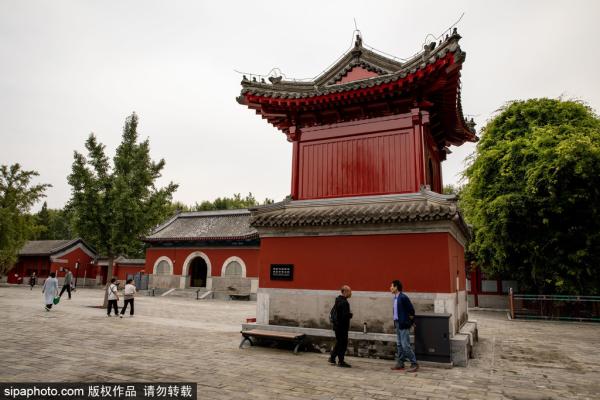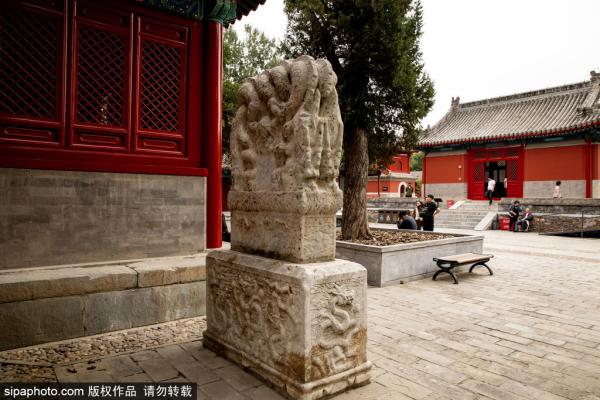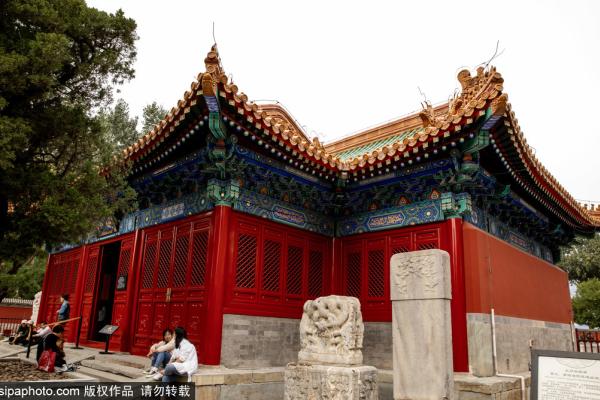Beiding Niangniang Temple (北顶娘娘庙)
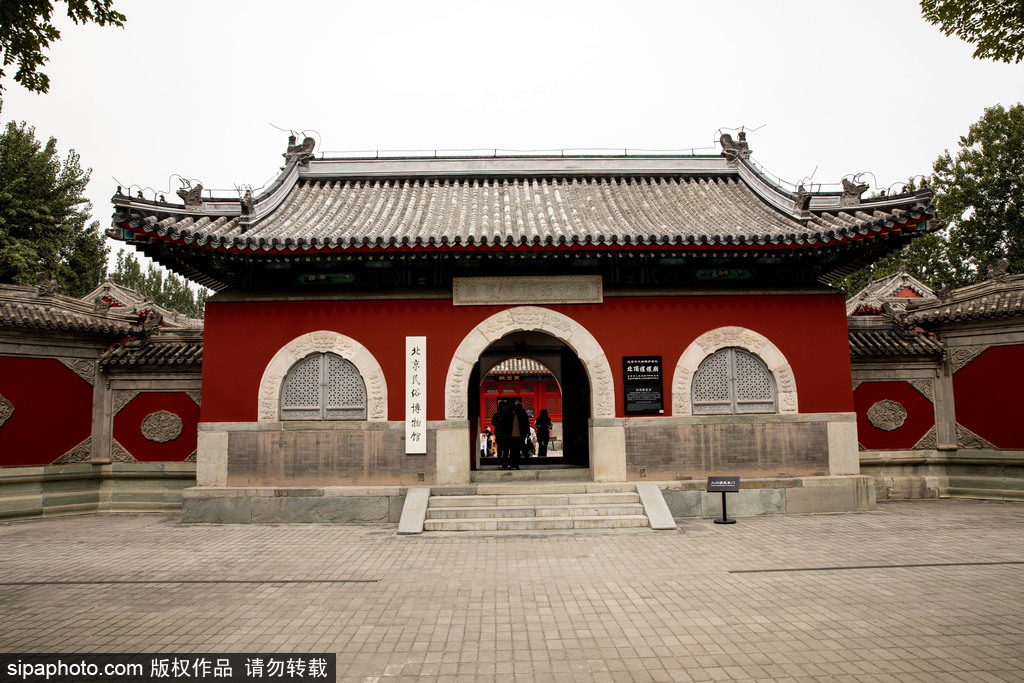
-
Best Time to Visit:
All Year Round -
Duration:
2-4 Hours
Description
Beiding Niangniang Temple (北顶娘娘庙)
The Beiding Niangniang Temple covers an area of approximately 10,000 square meters and consists of several main buildings arranged along the central axis. It is located on the northern extension of Beijing's central axis and holds significant cultural and historical value for the city's urban planning and development.
In 1986, the Beiding Niangniang Temple was designated as a cultural heritage site by the Chaoyang District People's Government. On December 11, 2003, it was officially recogniz...
Beiding Niangniang Temple (北顶娘娘庙)
The Beiding Niangniang Temple covers an area of approximately 10,000 square meters and consists of several main buildings arranged along the central axis. It is located on the northern extension of Beijing's central axis and holds significant cultural and historical value for the city's urban planning and development.
In 1986, the Beiding Niangniang Temple was designated as a cultural heritage site by the Chaoyang District People's Government. On December 11, 2003, it was officially recognized as the seventh batch of municipal-level cultural heritage sites by the People's Government of Beijing Municipality.
Gallery
Latest News
Explore
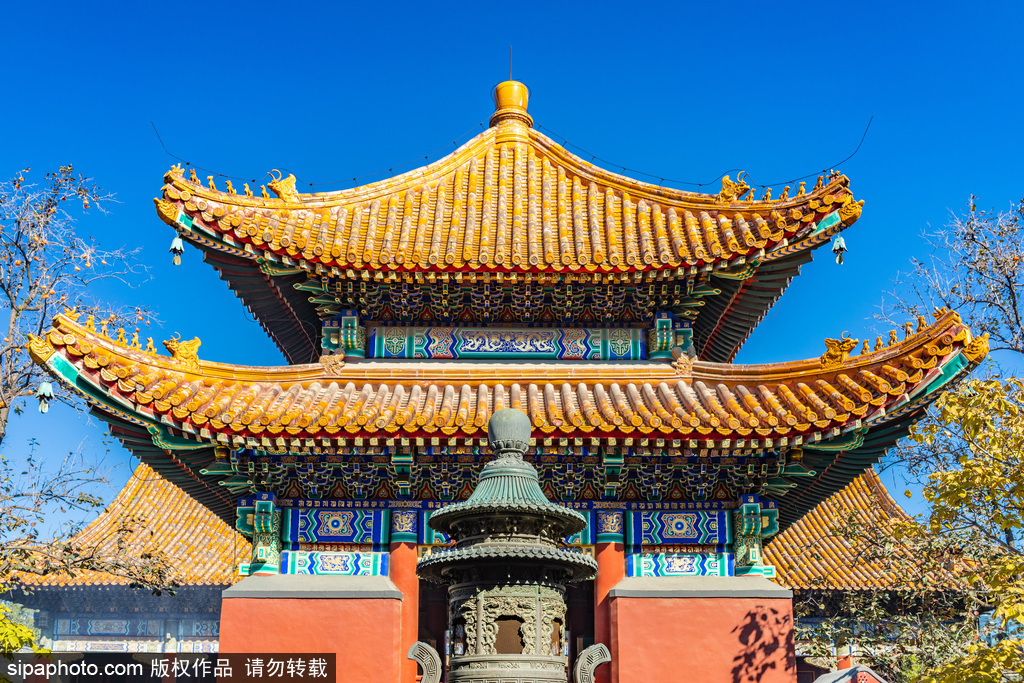
Lama Temple
The Yonghe Lama Temple is located in the north-east corner of the North Second Ring Road, where the Kangxi Emperor built a residence in 1694 and gave it to his fourth son, Prince Yong. In the third year of the Yongzheng reign (1725), the royal residence was transformed into a palace called Yonghe Palace
Cishan Temple
First built in 1587, the temple covers an area of more than 60,000 square meters and has along history and rich cultural heritage. It is one of the few big temples in Beijing that incorporates elements of Confucianism, Buddhism, Taoism and folk customs.
Temple of Emperors of the Past Dynasties
The Temple of Emperors of the Past Dynasties is the place where the emperors of the Qing Dynasty worshiped their ancestors. Its political status was compared to the Imperial Ancestral Temple and the Confucius Temple, and these three were collectively known as the three royal temples of Beijing in the Ming and Qing dynasties.
